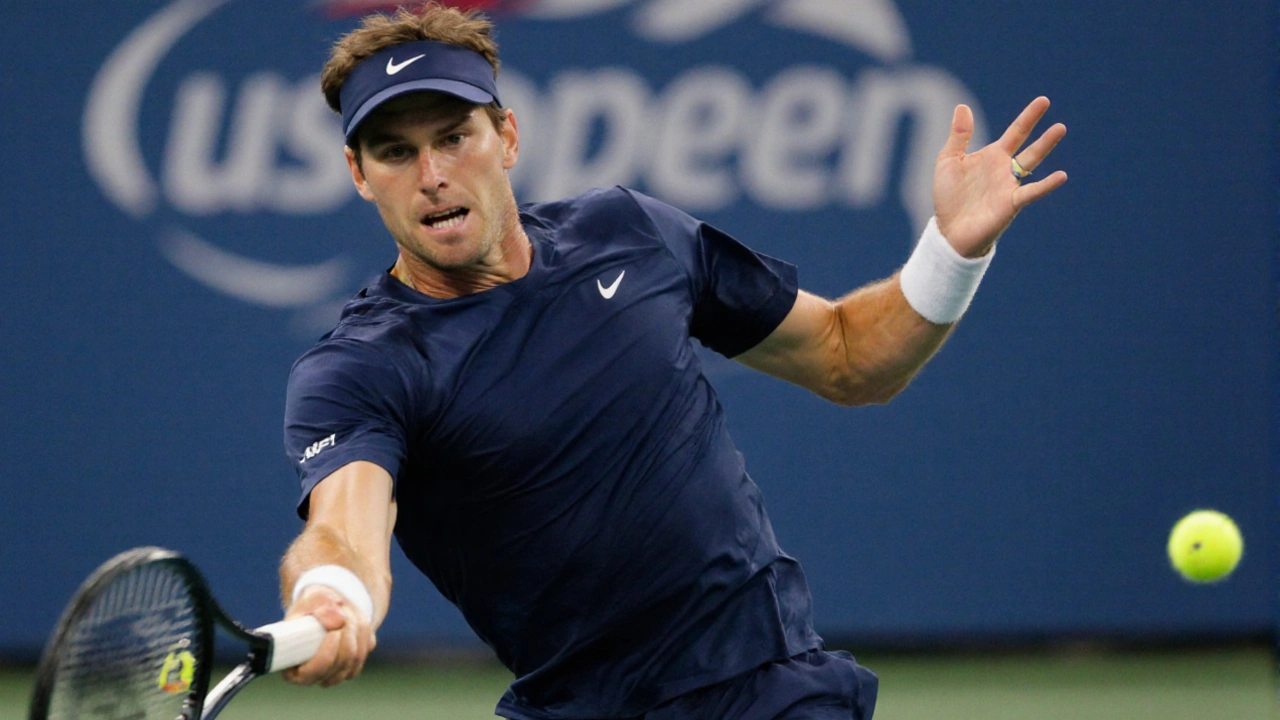Hard-Court Winning Streak
When talking about a hard-court winning streak, a series of consecutive victories on hard‑court surfaces that boosts a player's confidence and ranking. Also known as a hard‑court streak, it usually shows up during the North American swing or Asian summer series. A hard-court winning streak isn’t just luck; it reflects a mix of fitness, tactics, and the right schedule. In tennis, the surface itself matters, and that’s why you’ll hear fans link a player’s form to the type of court they’re playing on.
One of the first related ideas is the sport itself – tennis, a global racquet game played on various surfaces like clay, grass, and hard court. Tennis tournaments are split between the ATP Tour, the men’s professional circuit, and the WTA Tour, the women’s counterpart. Both tours schedule blocks of hard‑court events, such as the US Open Series and the Asian swing, giving players plenty of chances to rack up wins. The faster bounce of a hard court favors aggressive baseliners and strong servers, so players who excel in those areas often string together longer streaks.
What Drives a Hard‑Court Winning Streak?
First, physical endurance plays a huge role. Hard courts are unforgiving; the ball skids and the surface doesn’t cushion impacts like clay. Players need solid conditioning to survive back‑to‑back matches, especially in best‑of‑five Grand Slam formats. Second, tactical adaptation matters. A good hard‑court strategy mixes powerful first serves, deep groundstrokes, and smart point construction. Third, mental toughness is a make‑or‑break factor. Winning three, five, or ten matches in a row builds a confidence loop that often translates into better decision‑making under pressure.
The ranking system ties directly into streaks. Each win on the ATP or WTA Tour adds points, and a hard‑court winning streak during a high‑point event can catapult a player up the leaderboard. For example, a player who wins four consecutive matches at an ATP 500 event earns more points than the same streak at a lower‑tier tournament. This points boost often secures better seedings, which in turn makes it slightly easier to maintain the streak – a clear semantic triple: hard‑court winning streak influences ranking points.
Coaches and analysts also look at surface statistics. Hard‑court win percentages are tracked across seasons, helping teams decide where to focus training. If a player’s hard‑court win rate climbs from 55 % to 70 %, that jump signals a positive trend that can be leveraged in contract negotiations or endorsement deals. The data feeds into a feedback loop: better performance earns more resources, which improve performance further.
Geography adds another layer. The North American hard‑court swing (often called the “Summer of Tennis”) follows the clay season and leads into the US Open. Players who transition quickly from the slower clay to the faster hard courts can keep momentum alive, extending their streaks. Conversely, the Asian hard‑court tournaments in September and October test endurance, as travel fatigue can break a streak. Understanding these calendar nuances helps fans see why a streak might start in July, dip in August, and resume in October.
Finally, injury management can make or break a streak. Hard courts place stress on knees and elbows, so players who invest in preventive care—physiotherapy, proper warm‑ups, and recovery protocols—are more likely to stay on court week after week. This relationship forms another semantic connection: hard‑court winning streak requires injury prevention. When a top player pulls a muscle mid‑season, the streak ends, and the ranking points pause until they recover.
All these pieces—physical conditioning, tactics, mental toughness, ranking incentives, surface statistics, calendar timing, and injury prevention—interlock to shape a hard‑court winning streak. Below you’ll find a curated set of news pieces that touch on these topics, from match recaps and player interviews to analysis of tournament schedules and injury reports. Dive in to see real‑world examples of how streaks start, grow, and sometimes fizzle out, and pick up tips you can apply when following your favorite players or even hitting the courts yourself.
Jannik Sinner blitzes Lorenzo Musetti in historic all‑Italian US Open quarterfinal
World No. 1 Jannik Sinner powered through Lorenzo Musetti 6‑1, 6‑4, 6‑2 to become the first Italian to feature in an all‑Italian men’s major quarter‑final at the 2025 US Open. The win stretched his hard‑court major streak to 26 matches and marked his fifth straight Grand Slam semifinal. Sinner dropped only 38 games in five matches, losing a single set. Musetti praised Sinner’s level but admitted he couldn’t find a rhythm. Sinner now prepares for a semi‑final against Felix Auger‑Aliassime.

